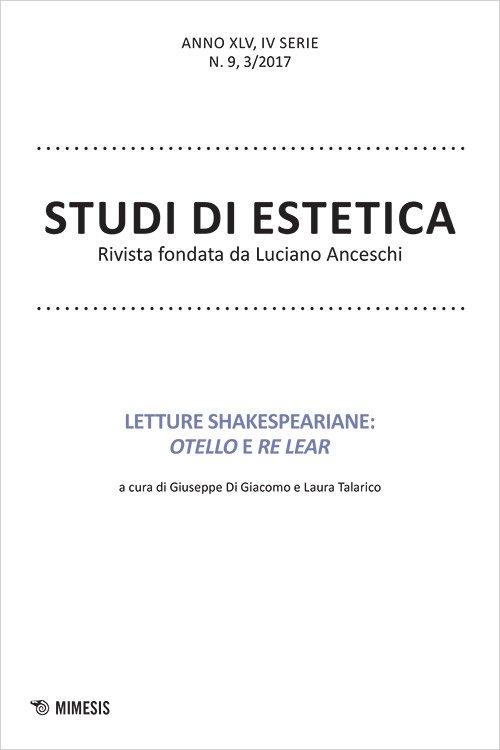Abstract
In a number of writings that were only narrowly circulated, Richard Wollheim took a stand against two pivotal theses at the centre of aesthetic reflection and, above all, of critical and historical-artistic practices: i) that art is a language (and thus artistic meaning is produced and understood in the same way as linguistic meaning); ii) that art inherently is a form of communication. In Wollheim’s view, such theses are the mainstream conceptions shared by disciplines and approaches as diverse as semiotics, hermeneutics, structuralism, post-structuralism, deconstructionism, and a significant portion of cognitive science. In this paper, I mainly concentrate on (i) and I reconstruct, discuss and defend Wollheim’s arguments against a recent interpretive misunderstanding that deems them inadequate vis à vis Donald Davidson’s philosophy. My contention is instead that, at a closer analysis, the latter works in fact as a pivot to Wollheim’s aesthetics, especially against the arguments put forth by Nelson Goodman, the most rigorous defendant of (i) and (ii).

